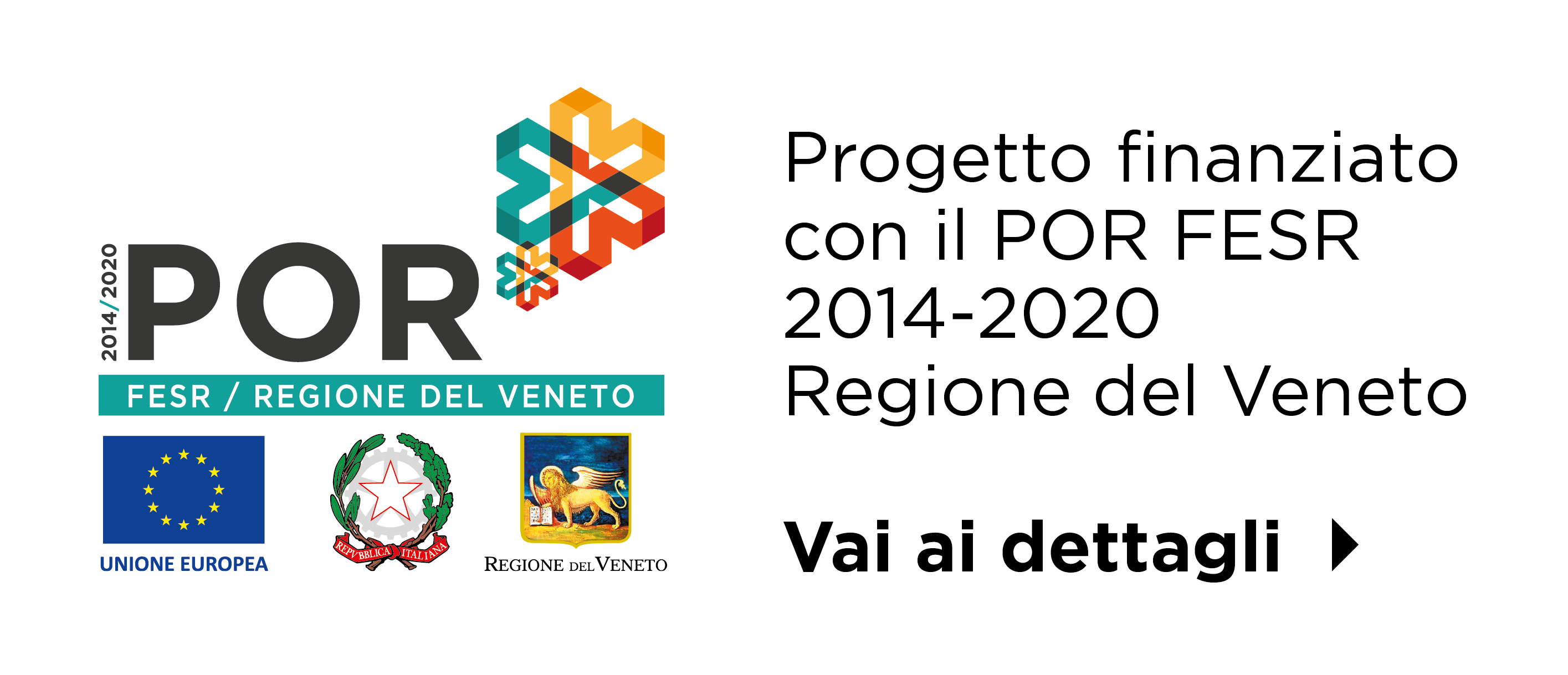Diego Pizzeghello, Michela Schiavon, Laura Maretto, Piergiorgio Stevanato,
Andrea Ertani, Adriano Altissimo and Serenella Nardi
Frontiers in Sustainable Food Science February 2019 I Volume 3 I Article 4
Abstract
Mineral phosphorus (P) fertilization in calcareous soils is not efficient enough to ensure
optimal plant growth. Therefore, a higher P input is generally needed. Polymer-coated
fertilizers are a promising fertilizer category that seems to affect soil extractable P, thus
permitting a reduction in fertilizer rates. We tested this hypothesis in a short-term (45
days) field trial by evaluating both the agronomic and the environmental implications. In
this study, two conventional fertilizers (single superphosphate, SSP; mono-ammonium
phosphate, MAP) and a slow P-release fertilizer (polymer-coated MAP, PCMAP) were
tested for their effects on soil P pools by combining different P rates and degrees of
coating. The P soil test was determined with either Olsen or Mehlich-3 solution (available
P), whereas the P soil release was estimated through water extraction. The efficiency of
fertilizers was evaluated by assessing the growth of Hypericum × moserianum (L.) plants.
As expected, both SSP and MAP influenced the soil Mehlich-3-P, Olsen-P, and water-P,
as concentrations increased with the fertilizer rate. Conversely, PCMAP decreased the
soil extractable P with increasing coating. The plant dry weight and P uptake linearly
correlated with the fertilizer rate for SSP and MAP, whilst they achieved the maximum
yield with PCMAP. This result indicates the underdosing for conventional fertilizers. With
reference to the soil test P with water-P, the presence of change points showed low
water-P release concentrations for PCMAP and SSP, and high water-P release for MAP.
In conclusion, in the short-term period both soil extractable P and water-P depend on the
type of fertilizer, whereas the amount of added P has rather a secondary role. PCMAP,
in particular, ensures high plant P use efficiency with minimum environmental impacts.
FOR MORE INFORMATION ON THIS TOPIC CONTACT THE AUTHOR OF THE PUBLICATION:
Adriano Altissimo


